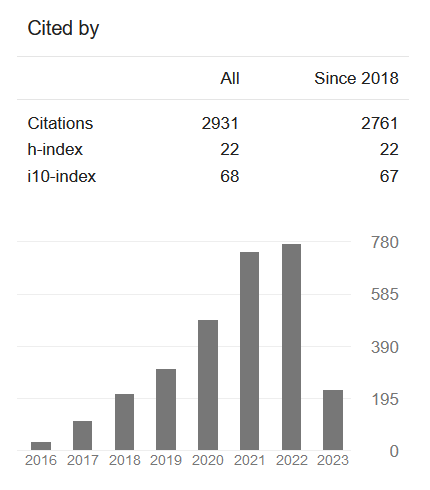The Effect of addition of Spent Catalyst and Steel fibres on the strength properties of concrete( Vol-3,Issue-6,June 2017 ) |
|
Author(s): B.S. Krishnamurthy, R.Balamuralikrishnan, Shaima Ibrahim AL-Abdali |
|
Keywords: |
|
|
Spent catalyst, Steel fiber, Concrete, strength, Steel fiber, Cementitious materials. |
|
Abstract: |
|
|
Large quantities of CO2 are released into the atmosphere in the production of cement. The CO2 production increases the hazard of global warming which has forced the researchers to find materials which can partially or fully replace cement. Industrial by-products like fly ash, Ground Granulated Blast Furnace Slag, Silica fume, Rice husk Ash are tried as partial cement replacement materials by virtue of their possessing pozzalonic action when they come in contact with water in concrete. Hence these industrial by-products are termed as Supplementary Cementitious Materials [SCM].Spent catalyst is one such industrial by-product of Oman from Petroleum Refineries produced from the cracking of petroleum to reduce the sulphur content and to enhance the combustion properties of the oil. To improve the tensile strength of concrete, discontinuous discrete fibres are added to cement matrix and are termed as Fiber Reinforced Concrete. In this project an attempt has been taken up to carry out an experimental investigation to study the effect of addition of spent catalyst and steel fibers on the characteristic strength properties of concrete. 15% by weight cement is replaced by spent catalyst as partial replacement of cement and steel fibers of aspect ratio 60 are added at 0.2%, 0.3% and 0.4% by volume of concrete. C30 grade reference concrete mix was cast for strength comparison. 150 mm x 150 mm x 150mm size cube moulds, 150 mm diameter and 300mm height cylindrical specimens and 500 mm x 100 mm x 100mm beam specimens were cast and tested to find the characteristic strength properties of all the concrete mixes cast. The experimental results show that the concrete mix M3 containing 15% partial replacement of cement by spent catalyst and 0.20% steel fibers with an aspect ratio of 60 shows maximum compressive stress of 42.05N/mm2, maximum split tensile strength of 5.25 N/mm2 and maximum flexural strength of values of 4.20 N/mm2. The test results also show that the concrete mix M5 containing 15% partial replacement of cement by spent catalyst and 0.40% steel fibers with an aspect ratio of 60 shows minimum compressive stress of 38.10 N/mm2, minimum split tensile strength of 4.76 N/mm2 and minimum flexural strength of 3.80 N/mm2. Finally the study shows that 15% partial replacement of cement by spent catalyst with addition of 0.20% steel fibers with an aspect ratio of 60 produce satisfactory results. |
|
Cite This Article: |
|
| Show All (MLA | APA | Chicago | Harvard | IEEE | Bibtex) | |
Share: |
|

 DOI:
DOI: 



























